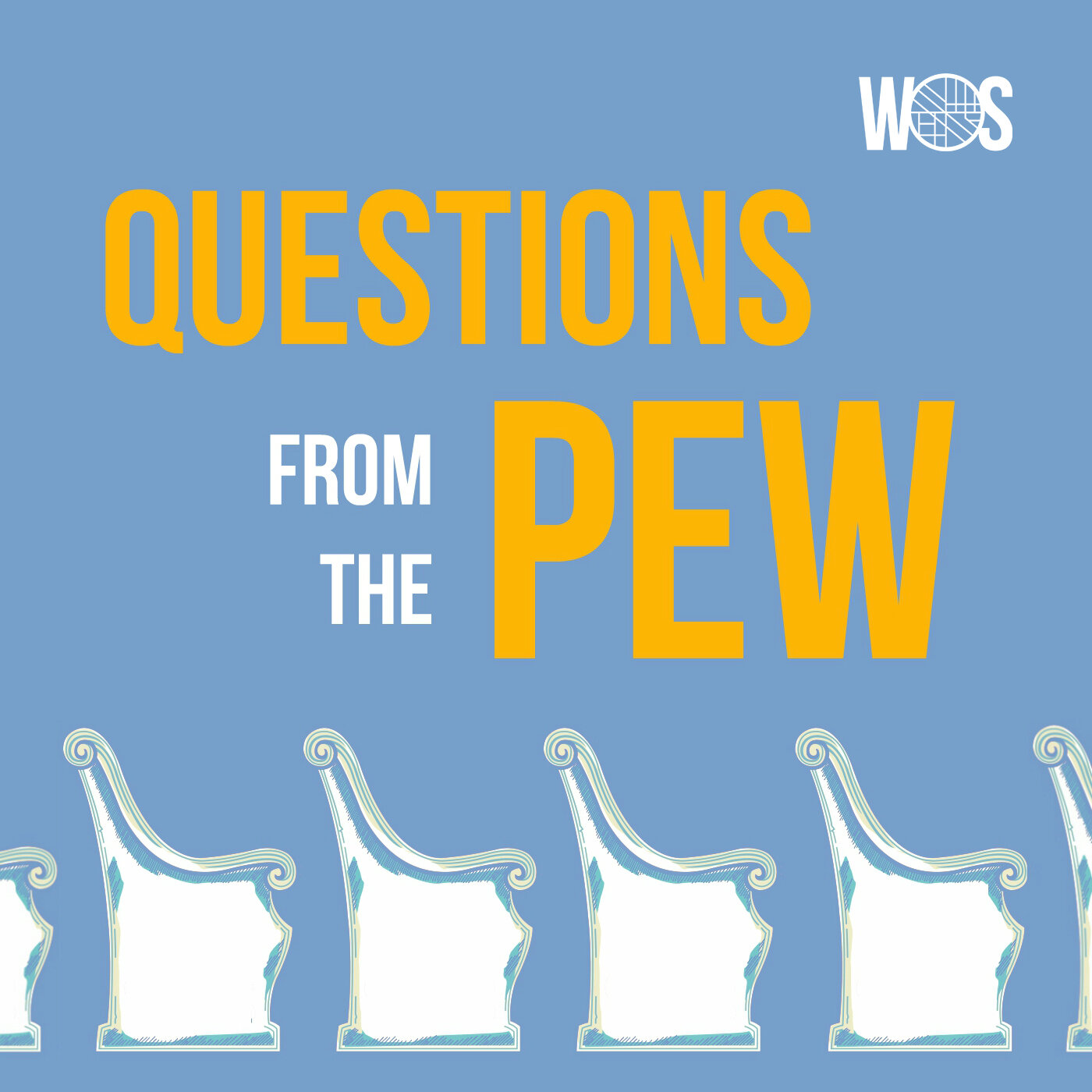In the first part of our discussion we talked through what elements characterize high quality or good art, and also what pitfalls low quality or bad art often succumb to. We had some fun and leaned into each other’s inner nerd with our examples, but now we turn our attention to perhaps a more nuanced issue, namely the culpability of the artist.
When we create something, we access the divine spark that is in all humans, what Christians refer to as the Image of God. In doing so, we give life to a particular and specific expression of the divinity that is inside each and every one of us. The very act of creation is a sacred and holy practice, one which not only represents our personal experience, but also connects us to a long line of influences and tradition.
Yet what do we do with ill-intentioned art? Perhaps a more difficult question, what do we do with well-intentioned art that has adverse consequences in society? Can a pure-hearted artist’s creation ever be deemed immoral? Or is all art simply a distillation of humanity to be observed and reflected upon, without judgement? All this and more on this edition of Questions from the Pew.


